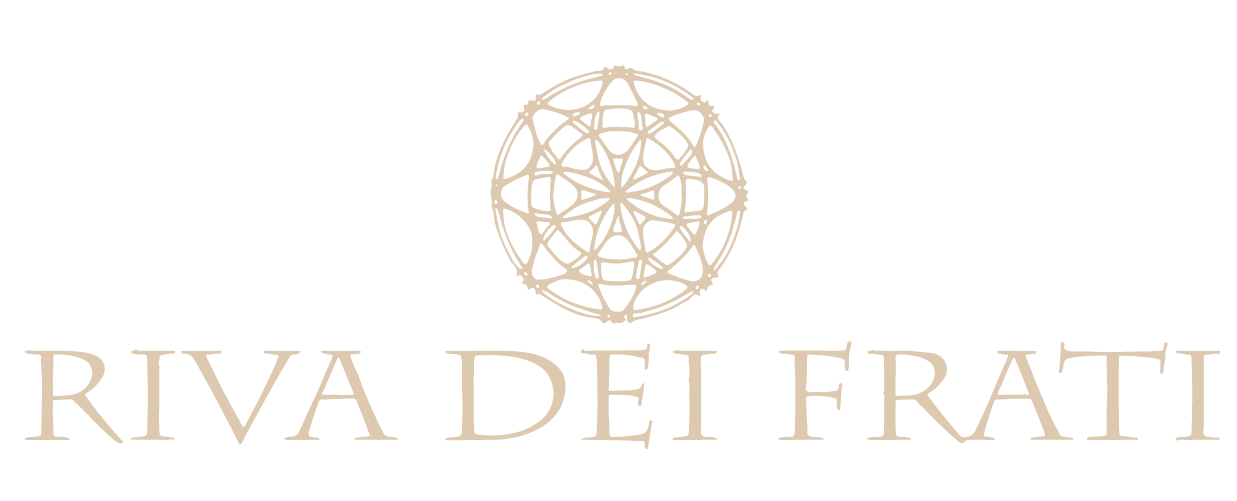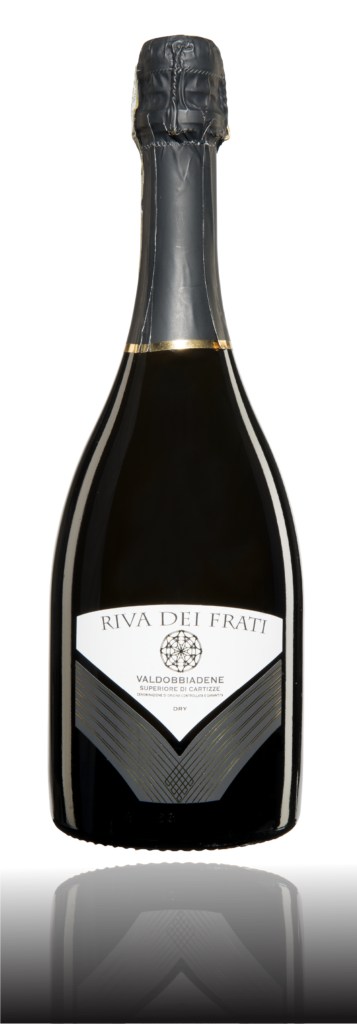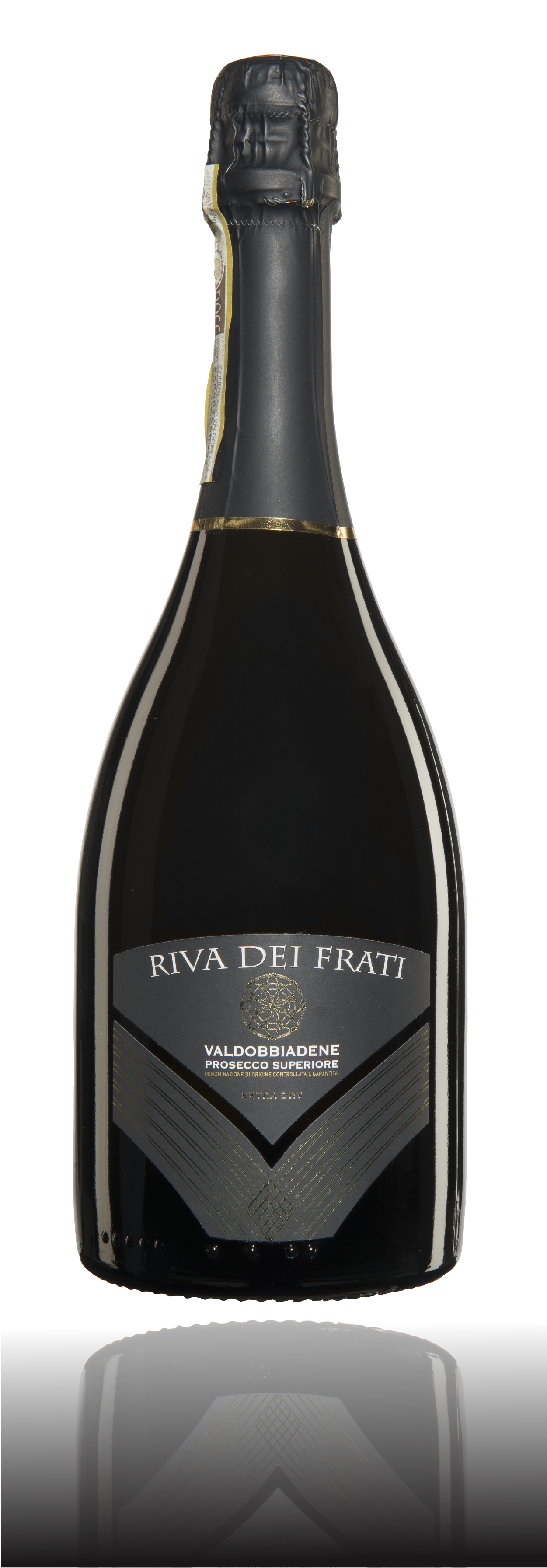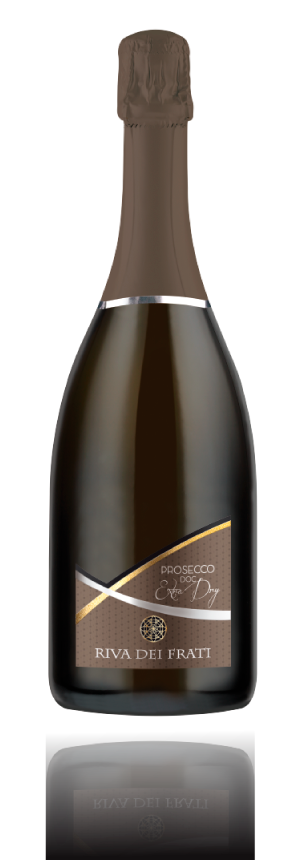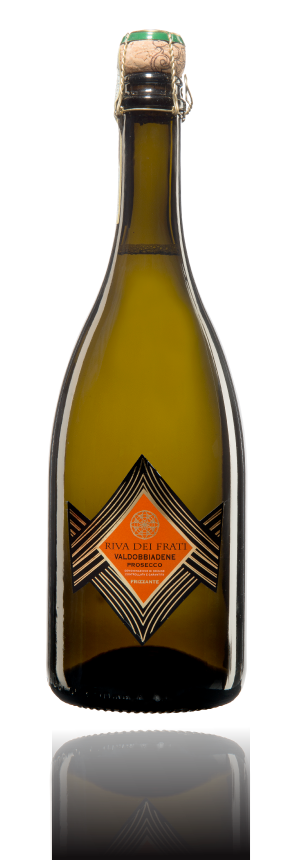V i n e y a r d s
Vineyards in the Prosecco Superiore area
Here, history and legend blend with tradition and innovation.
Located in the hilly strip between Col San Martino and Santo Stefano di Valdobbiadene, the vineyards of Riva dei Frati still preserve the original conformation of terraces and rows. It is here that the meticulous and delicate work of viticulture takes place — carried out entirely by hand, with an average of 800 hours of labor per hectare per year, on slopes that reach inclines of up to 20%.
Quality begins in the vineyard. It starts with the very first steps – selecting the ideal location, the best rootstock and vine combinations, and defining the training system (double inverted in this case).
One of the most important factors for the enhancement of different environments is the preservation of biodiversity within the vineyard. This is reflected in the pursuit of both varietal and genetic improvement.
The ancient vineyards
In the heart of Valdobbiadene

In the area of Cartizze and Col San Martino, we find the oldest vineyards of Riva dei Frati, in which the different terraces arranged in a radial pattern, reveal the unchanged morphology of the soil over time, as in the craftsmanship of the work that still relies to this day on the skilled hand of the winemakers. Keeping an ancient vineyard is indeed a practice and a choice that requires great care and meticulousness, in terms of agricultural and historical heritage, as a tangible sign of the tradition of the places, of the tenacity and perseverance proper to the heroic viticulture of these areas.
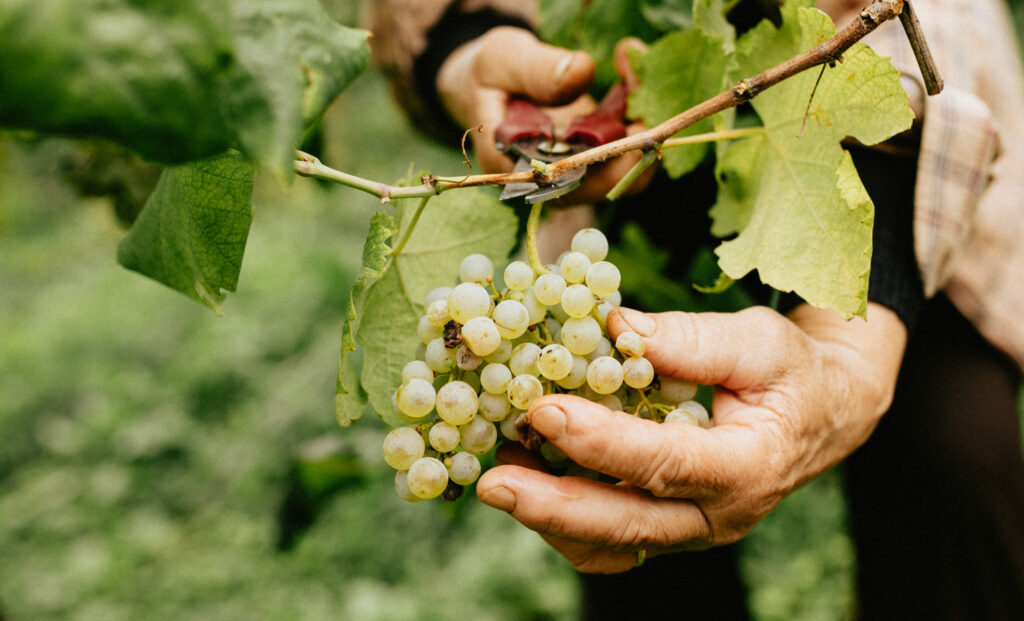
Work in the vineyard
The union between man and nature
Each winter, shoots from older vines are harvested and taken to nurseries to make new rooted cuttings, helping preserve the vineyard’s genetic heritage.
Winter is also the season for pruning, a process managed to avoid large renewal cuts. The number of buds left on each shoot is adjusted based on the individual vine’s vigor, according to the balance of the plant (weaker or stronger).
Key interventions also focus on the soil, recreating ideal conditions for root development, and on the plant, adjusting the structure to give it a more regular and uniform shape.
Fertilization is carried out twice: once in late winter and again in spring, based on the plant’s actual nutrient needs and natural uptake cycle.
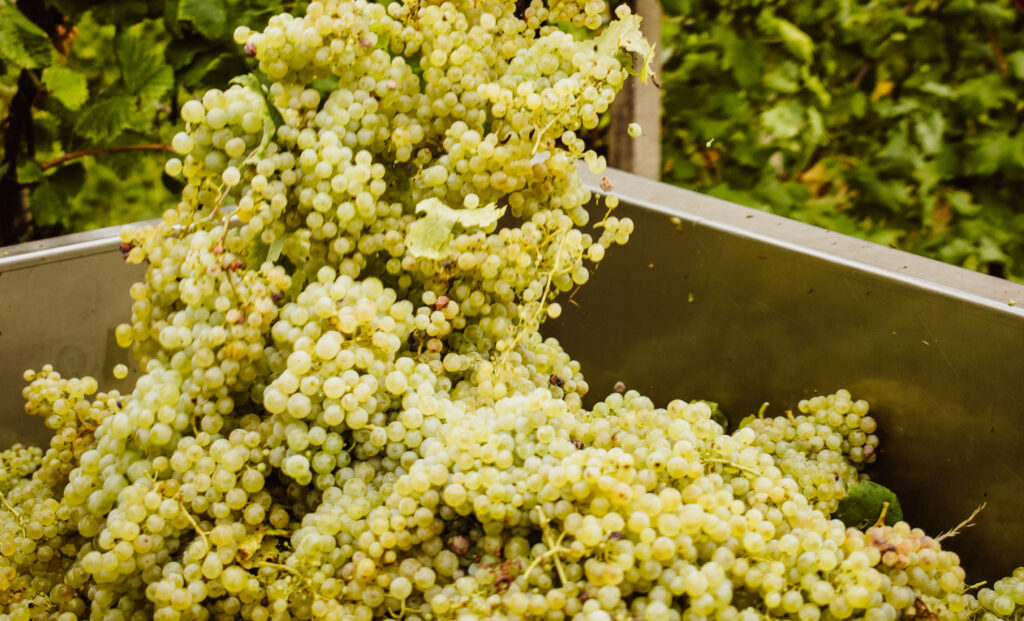
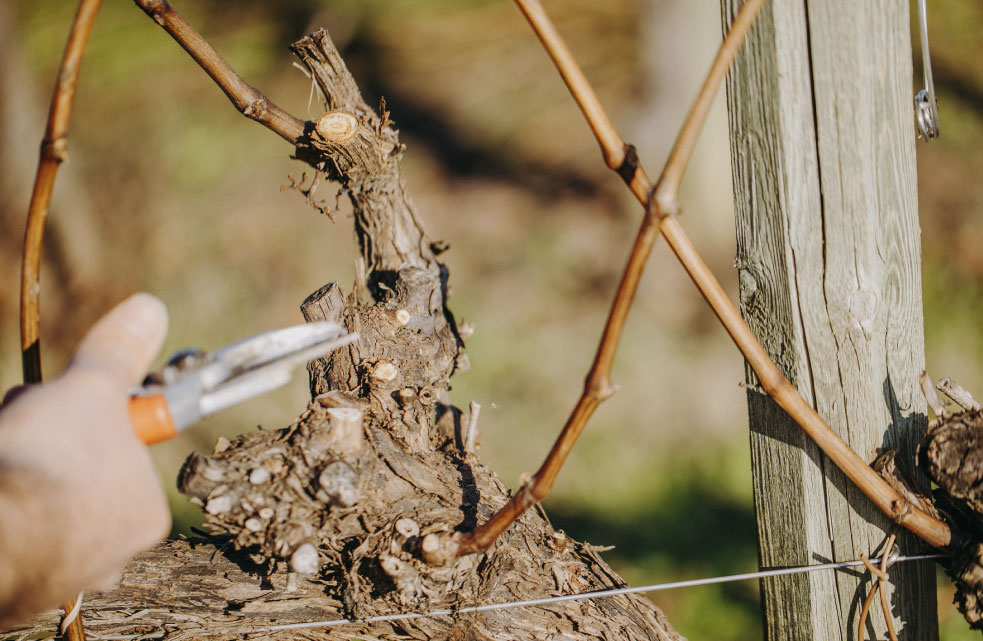
By doing so, the vegetative-productive balance is mantained – the only true secret to keeping old vines healthy and rightly productive.
From budding onward, canopy management plays an important role. This includes suckering and shoot thinning, trellising of main shoots, and topping after flowering. These operations may lead to complete or partial replacement of wooden poles, supports, wires, or braces – always chosen with aesthetic harmony in mind, to blend into the surrounding landscape.
Subsequent interventions help the vineyard express its characteristics and qualities. All operations are aimed at reducing canopy density, ensuring better plant health. Summer interventions also reduce the need for heavy winter pruning, lowering the risk of large pruning wounds.
The vineyard is monitored weekly to track both disease pressure and vegetative growth. This allows timely intervention — before plants fall out of balance or develop symptoms.
At this stage then, decisions are also made regarding nutritional inputs, cultural practices, and any additional measure required to complete the plant’s annual cycle.
VISIT OUR VINEYARDS
During the spring and summer months, we are pleased to welcome you to the vineyards of S.Stefano di Valdobbiadene to get up close and personal with the various stages of the delicate work that goes on among the steep slopes of Prosecco Superiore.
